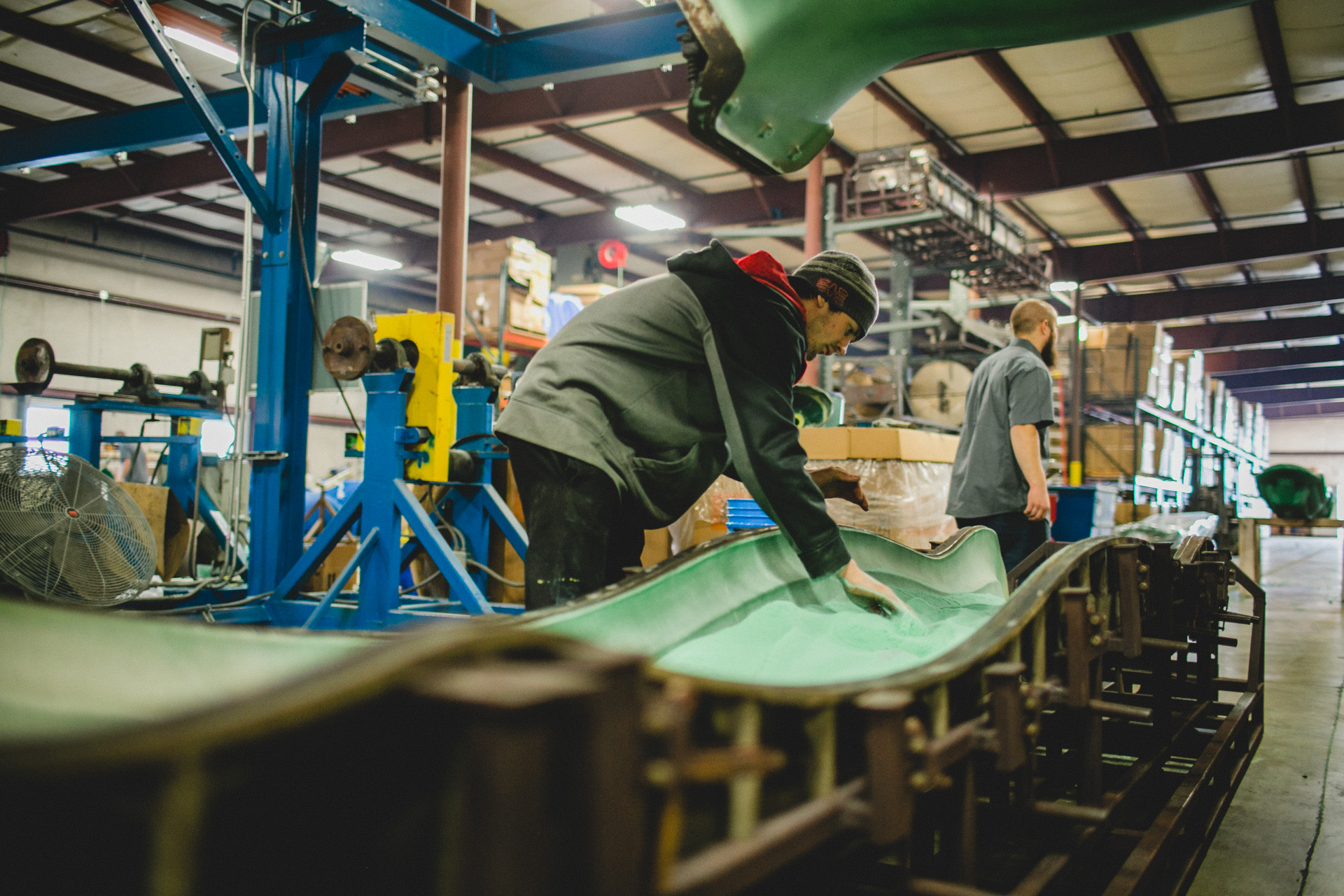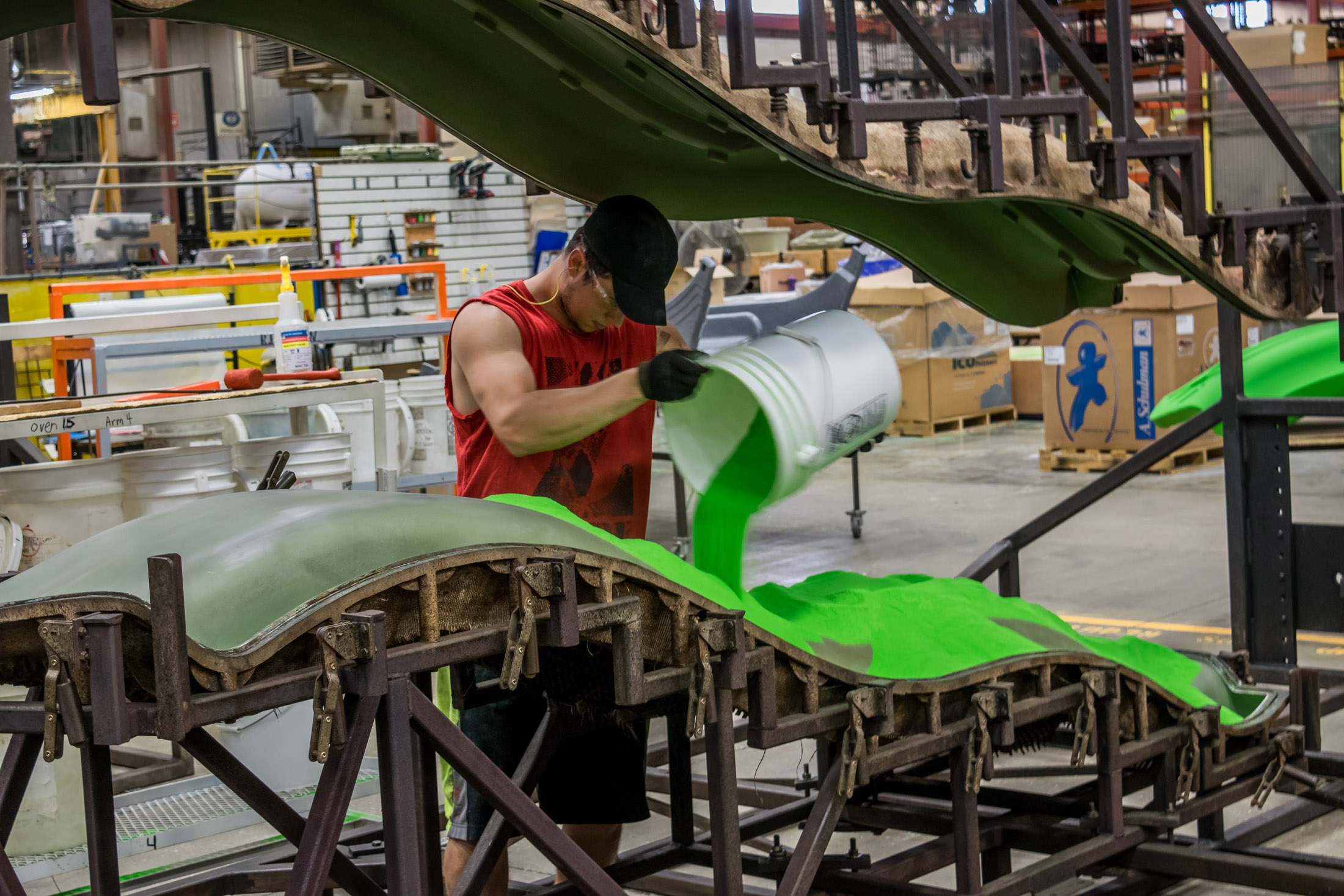A Comprehensive Guide to Materials Used in Rotomolding
A Comprehensive Guide to Materials Used in Rotomolding
Blog Article
Rotational molding, often known as rotomolding, is actually a flexible production procedure for creating hollow plastic pieces. From kayaks to safe-keeping tanks, rotomolding offers a cost-effective method for generating tough and seamless plastic material products. Here's all you should learn about Rotational Molding:

How Rotomolding Performs:
Rotomolding commences with filling a hollow mold using a exact volume of powdered plastic-type resin. The fungus will then be warmed and rotated simultaneously in several axes within an your oven. As the fungus rotates, the plastic material natural powder melts, finish the inner top of the fungus consistently. The rotation continues through the cooling period to make certain consistent submission and solidification in the plastic material. As soon as cooled, the aspect is taken off from your mold, as well as the approach repeats.
Advantages of Rotomolding:
Design Mobility: Rotomolding provides for complicated designs and intricate models to get produced without the need for further tooling. It offers design independence that other procedures may not.
Uniform Wall structure Fullness: In contrast to some other molding procedures, rotomolding produces elements with consistent wall thickness, which enhances structural sincerity and quality.
Expense-Effectiveness: Tooling charges for rotomolding are generally reduce in comparison with procedures like shot molding, making it cost-effective for quick and extended generation runs.
Resilient and Effortless: Rotomolded pieces are effortless, which makes them resistant against leakages and pressure bone injuries. They are also highly resilient and proof against rust, chemicals, and weathering.
Assortment of Resources: Rotomolding can employ a wide range of supplies including polyethylene, polypropylene, PVC, and more, allowing for flexibility in product or service features.
Applications:
Rotomolding locates applications across different businesses:
Auto: Making fuel tanks, air flow channels, and automotive factors.
Industrial: Storage space tanks, bins, storage containers, and material managing gear.
Leisure time: Kayaks, playground equipment, and recreational items.
Agricultural: H2o tanks, agricultural equipment parts.
Healthcare: Homes for health-related products, boxes.
Environment Factors:
When plastic materials have faced inspection for environment affect, rotomolding delivers some eco-pleasant elements. It produces little fabric waste materials, as well as the materials employed are recyclable.

Summary:
Rotomolding can be a highly versatile and cost-effective method for producing a wide range of plastic-type material products. Its layout flexibility, sturdiness, and relatively lower tooling costs transform it into a desired option for numerous market sectors trying to find efficient producing remedies. As modern technology improvements and ecological worries increase, rotomolding continues to modify, giving environmentally friendly options for numerous programs. Report this page